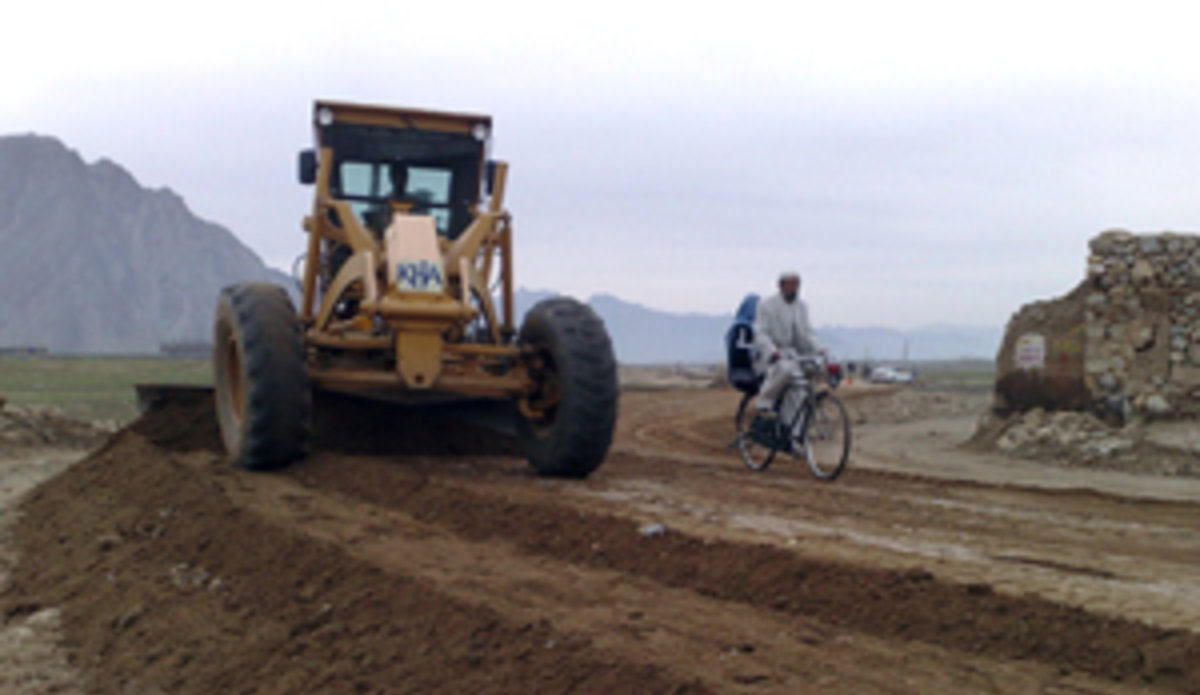Roads connecting Afghanistan
KABUL - After almost three decades of war in Afghanistan one of the key priorities for reconstruction has been improving the road network in the country.
The years of conflict left Afghanistan with almost no infrastructure, no industry, hospitals were barely functioning and roads were in a desperate condition.
Everything has been a priority: education, health, roads, security, water, agriculture and the environment.
From the beginning education was identified as an immediate need in a country with approximately 68 per cent of the population under the age of 25.
Revival of the economy was of crucial importance for which building and repairing roads was another priority.
The United Nations Office for Project Services (UNOPS) is one of the UN agencies involved in the rehabilitation of Afghanistan’s infrastructure.
Since 2001 nearly 14,000 kilometres of roads have been built, including more than 9,500 with the help of UNOPS.
As a result traffic volume has increased immensely and continues to do so.
On 175 km of the rehabilitated northern highway, the average traffic volume increased from about 1,200 vehicles a day to more than 12,000 vehicles a day.
The average access time to markets, social services and administrative centres was reduced from 55-60 minutes to 22-25 minutes for communities living along the road.
UNOPS, with assistance from the Ministry of Rural Rehabilitation and Development and the Ministry of Pubic Works, has worked on the implementation of the National Rural Access Programme (NRAP).
NRAP is a programme of the Government of Afghanistan focusing on the construction and rehabilitation of the rural access network in the country.
With contributions from multiple donors, NRAP has successfully improved access to markets and basic services such as health and education.
“Its socioeconomic impact on the lives of Afghan people has been enormous. It has given many rural women better access to prenatal services and hospital births where health facilities had previously been inaccessible,” said UNOPS Director Bruce McCarron.
The programme has also constructed or rehabilitated 66 bridges, 14 airfields and more than 73,000 metres of other structures, such as culverts and protection walls.
Under NRAP, essential community infrastructures including irrigation schemes, water and sanitation facilities, schools and clinics have been built by using a local labour force which has create employment for the local people.
A three-year project, funded by the World Bank – one of the main donors of the NRAP – aims to improve approximately 2,000 km of secondary and tertiary roads nationwide.
By Homayon Khoram, UNAMA
 UN
UN







